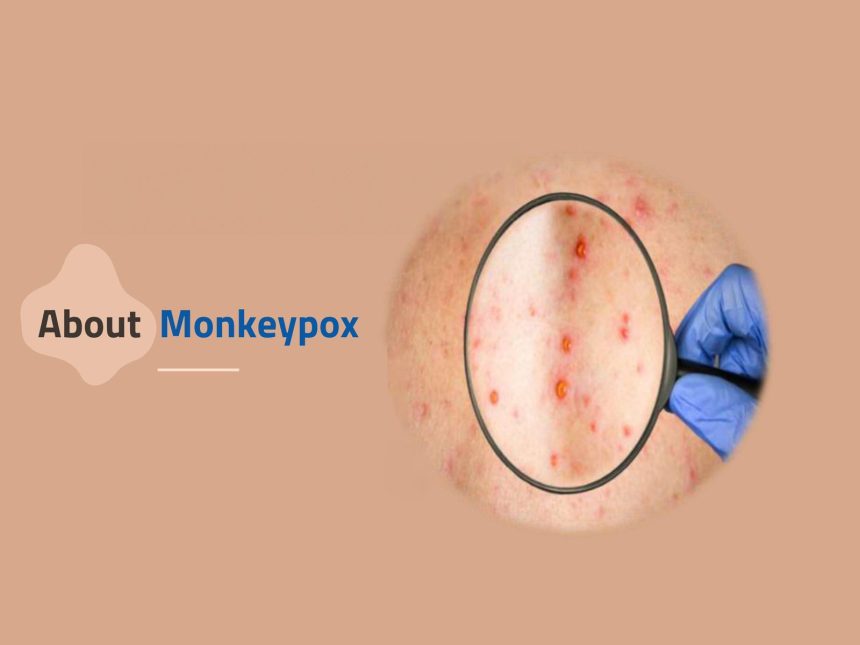Monkeypox is a viral disease that has garnered increasing attention due to its 2022 outbreak in multiple countries. Initially identified in 1958 in research monkeys, monkeypox is a zoonotic virus transmitted from animals to humans and, more recently, through human-to-human contact. Understanding its symptoms, transmission, and prevention measures is essential for managing its spread.
What is Monkeypox?
The monkeypox virus causes monkeypox, a member of the (Orthopoxvirus) family, including smallpox. Although much less severe than smallpox, monkeypox can still cause significant health concerns, especially in populations with weakened immune systems or those in regions without adequate healthcare.
Symptoms of Monkeypox
The illness typically starts with flu-like symptoms, including:
– Fever
– Chills
– Fatigue
– Headaches
– Muscle aches
– Swollen lymph nodes
A few days later, a rash appears, often starting on the face before spreading to other body parts. This rash progresses through stages, forming pustules that eventually scab over. The lesions may appear on the hands, feet, and even inside the mouth. The infection usually lasts 2 to 4 weeks, with most cases resolving independently.
Transmission
Monkeypox is transmitted through close contact with an infected person’s bodily fluids, respiratory droplets, or skin lesions. It can also spread via contaminated objects such as bedding or clothing. In recent outbreaks, human-to-human transmission has become a growing concern, mainly through sexual contact or other intimate interactions.
Prevention and Treatment
Preventing the spread of monkeypox requires a multi-faceted approach. Here are key prevention strategies:
- Vaccination: The smallpox vaccine (JYNNEOS) offers cross-protection against monkeypox and has been approved for use in high-risk populations.
- Hygiene Measures: Regular hand washing, avoiding contact with infected individuals, and disinfecting contaminated items are crucial steps.
- Isolation: Infected individuals should be isolated to prevent spreading the virus to others.
There is currently no specific treatment for monkeypox. However, antiviral drugs such as (tecovirimat) (used for smallpox) have shown some promise. Supportive care and treating symptoms are the primary management strategies.
The Global Impact of Monkeypox
The recent global spread of monkeypox has led the World Health Organization (WHO) to declare it a Public Health Emergency of International Concern. As of mid-2023, more than 80,000 cases have been reported worldwide, most occurring in non-endemic countries. Countries are ramping up surveillance, vaccination, and public awareness campaigns to mitigate further spread.
In Conclusion, while monkeypox may not be as severe as smallpox, its increasing prevalence is a public health concern that requires vigilance. Early detection, vaccination, and proper hygiene are vital tools in curbing the spread of this virus. As we continue to monitor global outbreaks, public health agencies urge individuals to stay informed, take preventive measures, and seek medical care if they experience symptoms.
For more detailed guidance on monkeypox, visit the [World Health Organization’s monkeypox page](https://www.who.int/news-room/fact-sheets/detail/monkeypox) or the [Centers for Disease Control and Prevention](https://www.cdc.gov/poxvirus/monkeypox/index.html).


Leave a Reply